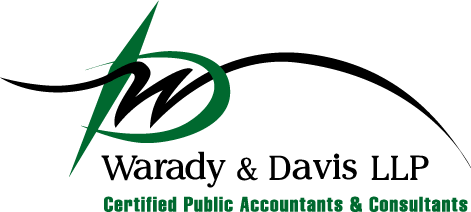A questionnaire asking borrowers to justify their $2 million-plus Paycheck Protection Program loans is confusing and burdensome, says the AICPA.
The U.S. Small Business Administration and the Treasury Department want to know more about businesses that borrowed $2 million or more in the Paycheck Protection Program (PPP). So, in early November, they started sending to lenders a new questionnaire to get more information about the operations and financial conditions of PPP borrowers during the pandemic.
More than 80 business groups, including the AICPA, recently sent a letter to Congressional leaders. It says the questionnaire “introduces a confusing and burdensome process” for both borrowers and lenders. The coalition also fears it could “lead the agencies to inappropriately question thousands of qualified PPP loans made to struggling small businesses.”
The new form, Form 3509, which only applies to businesses that borrowed $2 million or more, requests specifics on the borrower’s gross revenues, capital improvement projects, dividend payments, and compensation, including whether any employees earned more than $250,000. The completed form is due back to the lender within 10 business days of when the borrower receives it, which the letter states is an unrealistic time frame. “The nine-page questionnaire demands a level and type of reporting never previously required from borrowers by statute or in any process in PPP lending thus far,” the coalition says in its letter.
In addition, the new forms ask for liquidity and revenue data, which could expose the personal finances of small business owners. “The CARES Act did not include a means-based test, revenue reduction test, liquidity test or any other metric to assess financial standing in order to assign prioritization of PPP loans to certain borrowers over others,” said the letter. The letter also sites problems with the questionnaire’s comparative time frames and multiple other concerns.
The new form is designed to collect supplemental information that SBA loan reviewers will use in evaluating the good-faith certification borrowers made on their PPP applications that economic uncertainty made their loan request necessary.
In its letter, the business coalition recommends that instead of using the form the agencies require the borrower to provide a narrative statement and any documentation the borrower believes is appropriate to demonstrate that the loan was critical to support its ongoing operations.
The PPP program review comes at a time when many businesses are applying for loan forgiveness on their PPP debt. Loan recipients are eligible for forgiveness, generally, if they devoted at least 60% of the loan’s proceeds to payroll expenses.
The AICPA says the loan forgiveness applications — SBA Forms 3508, 3508EZ, and 3508S — could also be used to “…allow the agencies to examine, in greater detail and prior to the approval of loan forgiveness, relevant facts to ensure that the PPP loan funds were used in the way Congress intended.”
Borrowers may submit a loan forgiveness application any time before the maturity date of the loan. That would be either two or five years from the loan’s origination, depending on the borrower’s agreement. Principal and interest payments, however, will begin 10 months from the end of the PPP loan covered period.
Applying for forgiveness
W&D is available to help you with the PPP forgiveness process. From keeping you informed of the latest legislation developments to answering PPP forgiveness related questions, or to full engagements to assist you in preparing your PPP loan forgiveness application, please do not hesitate to reach out. Contact your Warady & Davis advisor or our PPP team at 847-267-9600; info@waradydavis.com.
You can also visit the Warady & Davis LLP COVID-19 Resource Center for a wealth of information on stimulus assistance, new legislation and much more. This information is updated regularly.
